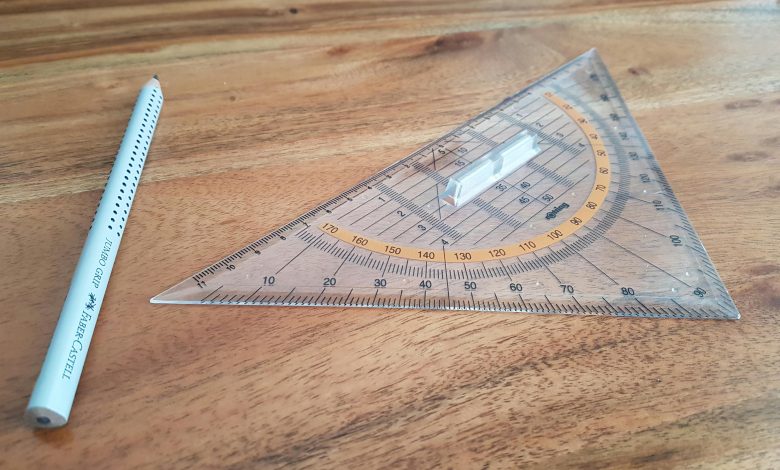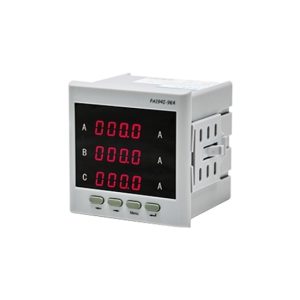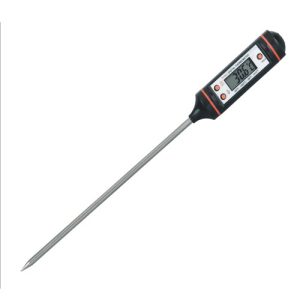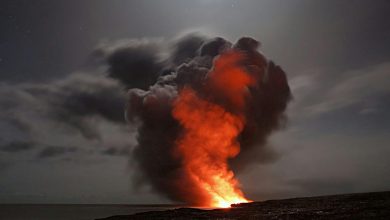Standard units of measurements

Measurements are extremely important that provide accurate details about physical properties, which is crucial for various applications like scientific research, manufacturing, and everyday life.
Standard units of measurement ensure uniformity, accuracy and consistency across different fields, facilitating conversions and comparisons between different units
Standard units of measurement are those that are widely accepted and used across different fields, such as science, technology, and everyday life.
These units are chosen for their precision, ease of conversion, and universal understanding. Here are some key points about standard units of measurement:
International System of Units (SI): The SI system is the most widely used system of standard units of measurement. It includes seven base units: meter (m) for length, kilogram (kg) for mass, second (s) for time, ampere (A) for electric current, Kelvin (K) for temperature, mole (m
ol) for amount of substance, and candela (cd) for luminous intensity.
Derived Units: Derived units are calculated based on one or more base units. Examples include power (watt, W), frequency (hertz, Hz), and velocity (meters per second, m/s).
Non-Standard Units: Non-standard units are those that are not widely accepted or used. Examples include a pencil or an arm, which are not typically used for precise measurements.
Sometimes, non standard units of measurements are used like a handful of grains of an arms length distance which can vary from person to person and hence will not be accurate.
If using non standard measurements in cooking or while standing in a line at an arm’s distance is not going to be an issue, using these non standard measurements for manufacturing and other scientific activities is not possible.
Say for example you need a new study table, and if you tell that it needs to be five arms length it won’t fit exactly against the wall as opposed to giving measurements in SI units like meters.
Conversion: Standard units can be converted to other units using various conversion factors. For example, 1 meter is equal to 100 centimeters, and 1 kilogram is equal to 1000 grams.
Importance: Standard units of measurement are crucial for scientific research, technical publishing, and everyday communication. They provide a framework for precise and consistent measurements, which is essential for many applications







